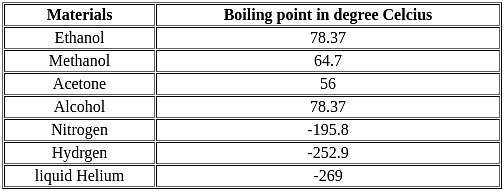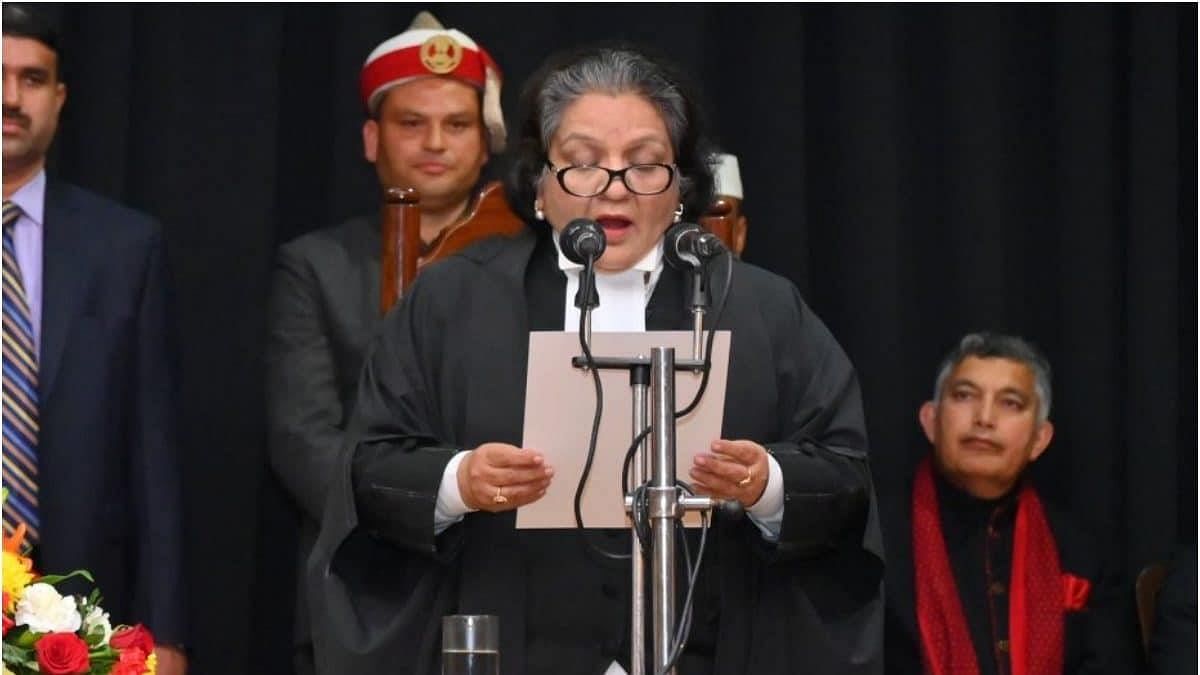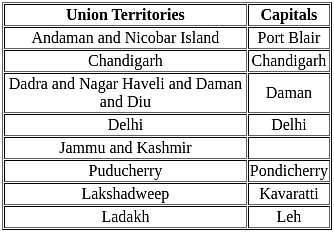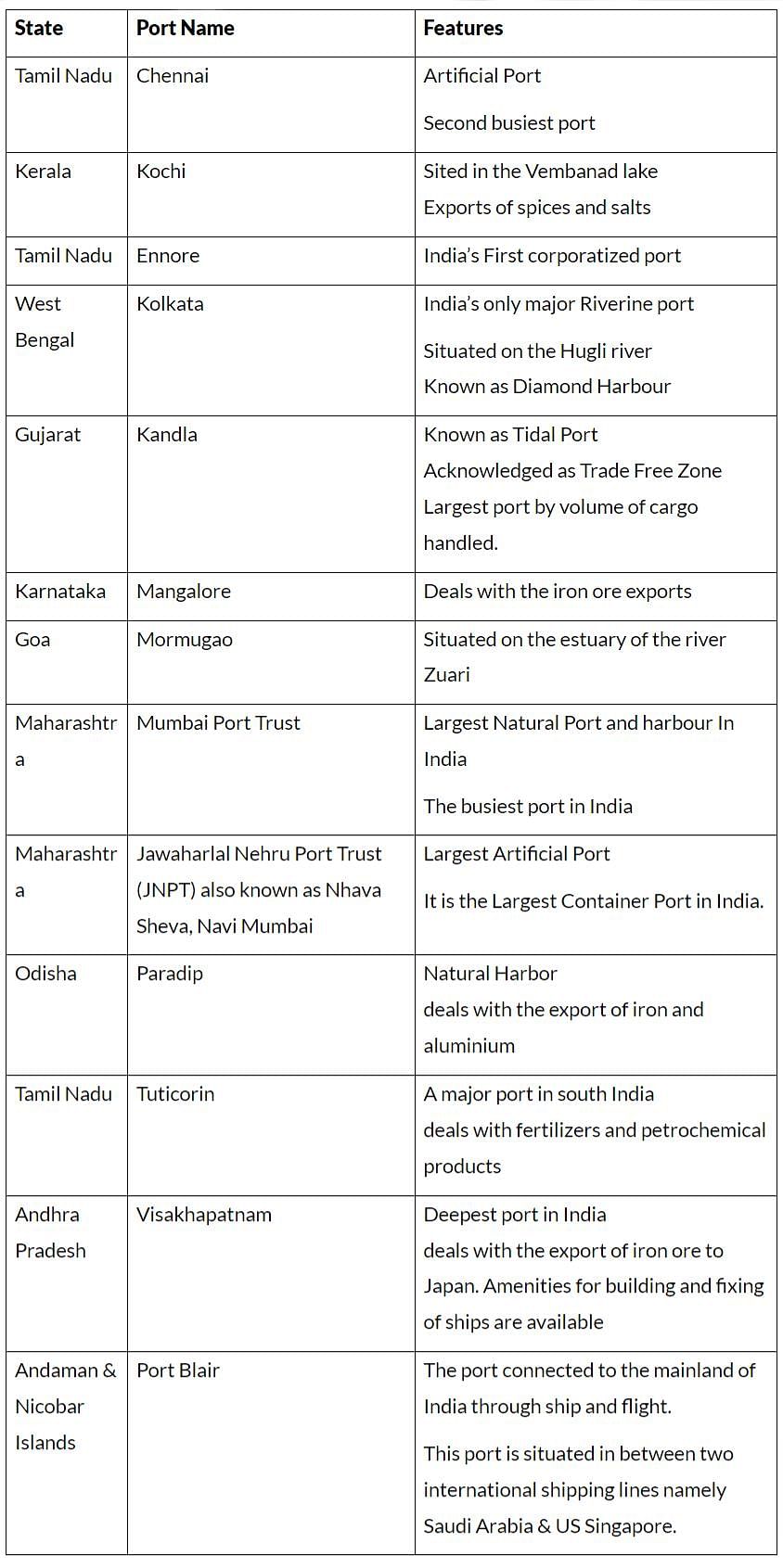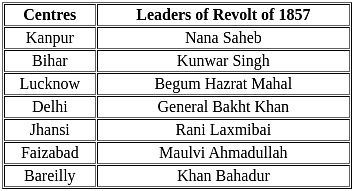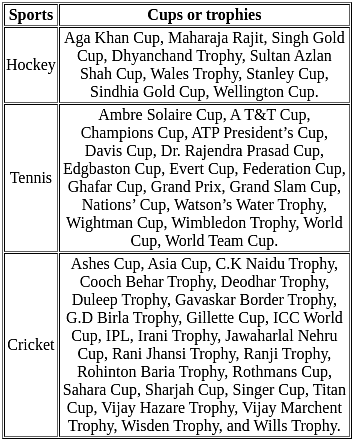RRB NTPC General Awareness Test - 5 - RRB NTPC/ASM/CA/TA MCQ
30 Questions MCQ Test - RRB NTPC General Awareness Test - 5
The amount of heat energy that is required to change 1 kg of a solid into liquid at atmospheric pressure at its melting point is known as-
Which of the following Viceroy read the proclamation on behalf of Queen Victoria at the Delhi Durbar in 1877 when she was titled Kaiser-i-Hind (Kaiser-i-Hind), Empress of India?
| 1 Crore+ students have signed up on EduRev. Have you? Download the App |
The Cells were first discovered by which of the following?
Which of the following liquids has the highest surface tension?
If we sum the gross value added of all the firms of the economy in a year, we get a measure of the value of aggregate amount of goods and services produced by the economy in a year. Such an estimate is called ________.
Justice Ritu Bahri has been appointed as the first woman Chief Justice of which High Court?
Find the missing substance in the given reaction. Sulphur dioxide (SO2) + ______ → Sulphurous acid (H2SO3).
Who, with the help of Kautilya, overthrew Dhanananda, the last Nanda ruler, in 322 BC?
When did depressed classes get the reserved seats in provincial and central legislative councils, but they were to be voted in by General electorate?
"Kachchhi Kharek" has been awarded the GI Tag. To which state does it belong?
Which among the following is the capital of Dadra and Nagar Haveli and Daman and Diu?
Who ascended the throne after the death of Ghiyasuddin Tughlaq?
Which is the most abundant acid found in grapes?
Pradhan Mantri Awas Yojana- Urban was launched by which Union Ministry?
Who is the author of the book “Tahqiq-i-Hind"?
What was the name of the female Regiment constituted as a part of the Azad Hind Fauj by Netaji Subhash Chandra Bose?
The energy-rich compound formed during respiration is
According to the Constitution of India, who among the following is the ex-officio Chairman of the Rajya Sabha?
After which incident the Non-Cooperation movement was withdrawn by Mahatma Gandhi?
Which of the following sea ports is NOT located in the Indian Ocean?
Consider the following pairs.
1. Kanpur - Nana Sahib
2. Bihar - Begum Hazrat Mahal
3. Lucknow - Kunwar Singh
Which of the above pair/s is/are not correctly matched to their leader of the 1857 revolt?
Which of the following is a characteristic property of halogens in Group 17
In which of the following types of vegetation are sandalwood trees found in India?
According to census 2011, Which of the following pairs of "literacy rate" is correct?
I. Male - 82.14%
II. Female - 75.46 %


